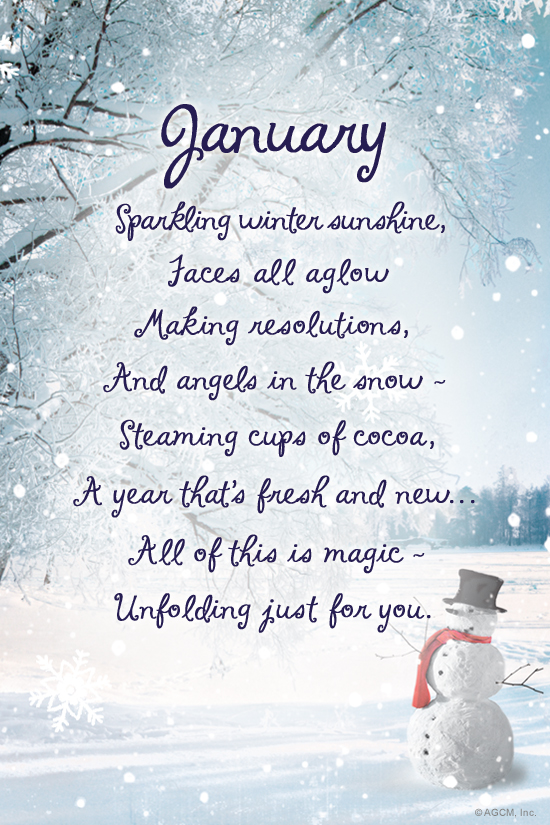
Hopefully more readers will be drawn to this anthology. Among many others, the themes of the poems cover loss, desire, belonging, love and truth. And yet, despite the different contexts of each language and poet, what you are left with is a sense of universality. As with the pages of notes for each poem, this is invaluable. The introductions by Martin Owen, Mandana Seyfeddinipur and editor Chris McCabe, as well as the detailed notes on the languages and poets, put the poetry in context.

When we discovered that we ourselves were the languageĪnd our tongues were removed, we started talking with our Valzhyna Mort’s poem ‘Belarusian 1’ is a stark response to the political eradication of her language in Belarus: Often poems have been chosen that draw attention to the translation, to the nature of translation and what is lost (or gained).
POEMS FOR THE WORLD AFTER JANUARY 20 EXHIBITION CRACKED
The poem ‘Lovesong’ was transcribed and translated from a song in the Rohingya language, which does not have a recognised written script.Ī black water jug – cracked on a dark night.

Some poems cannot be reproduced in the original language they were created in. Everywhere it urges you to make connections between the extinction of language and the extinction of species and between the languages themselves, encouraging us to consider our relationship, and therefore responsibility, to the writers and speakers of these languages. This creates a recognisable structure for the reader and allows us to move between regions rather than reading it lineally. The anthology is constructed around continents: Africa, the Americas, Asia, Europe, Middle East and Oceania. I found through this method a small way of fighting the hold my language has over meaning. My technique involved looking for patterns: repeated words, question marks, a pattern of longer or shorter lines, rhyme and alliteration, then cross-referencing it with the English version for meaning. As English is a global language, anything written in English or translated into English becomes instantly accessible to billions of people worldwide.Īnd yet the book encourages us to attempt to read the original work, helped by a page of explanatory notes for each poem on the language and the poet. Poetry written in an endangered language is, by its nature, only accessible to the dwindling number of speakers and readers of that language. I found it challenging to balance two radical dualities when reading this collection the poem on the left written in an endangered language, and the translation on the right written in English. It began with the idea to collect poetry written in the world’s dying languages and became an exhibition at the National Poetry Library in 2017, The Endangered Languages Project.

Poems from the Edge of Extinction edited by Chris McCabe is a small cross-section of world poetry with a difference every poem in this collection is written in a language that is endangered, at risk of extinction.


 0 kommentar(er)
0 kommentar(er)
